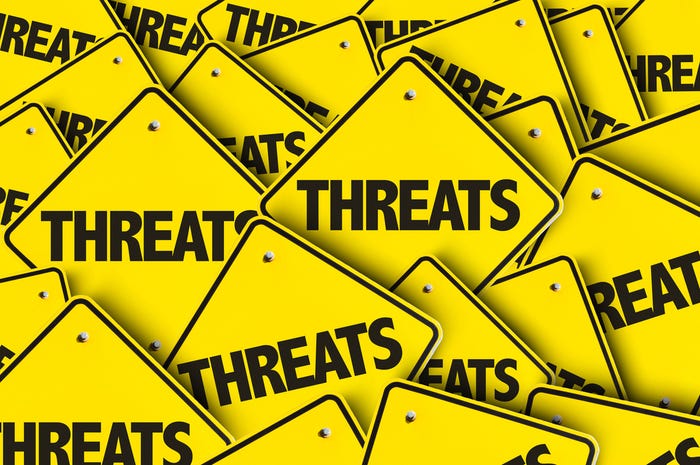10 Ways to Keep Customers Safe with Threat Protection by Year's End
Cybersecurity vendors share more advice for MSSPs and other channel partners.

Think of cyber threat protection as an ever-evolving organism. As the digital environment expands and adapts, so too do the hackers seeking to exploit their prey. At no time has that become more obvious than since early 2020, amid the rise of COVID-19. That’s when managed security service providers started understanding that the preventive (and, often, reactive) tactics they employed no longer fully sufficed — at least not on their own.
The pandemic changed everything. Remote work, complete with bring-your-own-device and reliance on cloud applications, became the new normal. The floodgates opened for cyberattacks. It became even harder to keep customers safe. As one source told Channel Futures, “When networks change, especially during an emergency, the potential attack surface becomes much more extensive. That weakens threat protection and creates new security gaps.”
Now, into the second quarter of 2021, remote work shows little sign of letting up. In fact, many organizations expect to keep the model to some degree even after the novel coronavirus subsides. That prospect is like dangling candy in front of a bunch of kids. Bad actors, including nation-states, want the intellectual property and customer data that are spread more widely across organizations, and stored in unsecured or easily accessed platforms. To get their hands on those lucrative digital assets, bad actors have even begun collaborating and using artificial intelligence to penetrate cybersecurity defenses. Those efforts have made their mark. According to some reports, cyberattacks in 2020 increased as much as 600%. With remote work continuing, likely on a permanent basis, those numbers only look to rise.
“Every year, the bar gets higher for threat protection service providers and their customers,” another source told Channel Futures.
The potential consequences have gotten more intense, too.
“A cyber incident is no longer just a technology issue; it’s become a board-level issue due to the broad financial and operational ramifications that can be caused by a major breach or ransomware attack,” says another source.
MSSPs often serve as an organization’s primary defender. Thus, threat protection ought to be top of mind for every security-centric channel partner wanting to keep customers safe. Channel Futures has been exploring the issue of threat protection in a series. In the first three installments, we explored the following areas:
In this installment, we ask another big question: How can MSSPs, VARs, integrators and other channel partners best approach threat protection on their customers’ behalf this year?
Click through the slideshow above for answers from 10 industry vendor experts.
Read more about:
MSPsAbout the Author(s)
You May Also Like


